Your skin is like a natural shield - it shields from dirt and protects you from infection. However, this protection does not work if the skin is injured. Cracks are cracked cornifications that promote infection and are unsightly. They can sometimes be painful , and aesthetics can also suffer. Cracks are small tears, mostly in the skin area around the heel . Find out here how heel lotion and other simple home remedies can help with dry feet, and find out exactly what cracked skin on your feet is and what you can do about it.
Why do heels crack?
Cracks show up as small tears in the heel skin. When we walk or stand, our body weight acts on the heels , and the skin has to stretch a little as a result. The combination of dryness and pressure leads to cracked heels as the skin fails to retain moisture levels and ultimately becomes brittle.
What are the symptoms of cracks?
At the beginning of the complaint, there is a feeling of tightness in the heels with any type of exertion. Severe dryness, itching and sensitivity of the skin are often the first signs. The affected area may turn yellow or brownish in color and harden considerably. In the advanced stage, the heels can become so dry that they turn white, red, or yellow, and the skin can begin to crack . The cracks can become so deep that even just walking becomes very uncomfortable or painful. If the condition is not treated, the sores may bleed and become infected.
What causes cracks?
Dryness is one of the most common causes of cracked skin. Once the moisture is lost, the heels begin to form thick and rough patches of skin for protection. As a result, it is not possible for the skin to take care of and heal itself sufficiently. At first, the cracked skin seems just a minor annoyance. However, if not treated promptly, walking becomes more and more uncomfortable over time. In the more advanced stages, cracked heels can be itchy, painful, and may bleed due to the pressure. There are several possible causes of cracked heels. We encourage you to take note of your regular behavior. If any of the reasons below for cracked heels apply to you, try changing your current habits.
The following causes can lead to cracks:
- Mishandling of the pumice stone, rasp or callous plane : when removing the callus with these instruments, you often only stop when you feel it. By then it is usually too late. The stimulus applied to healthy skin gives a signal to the horn substance production in the subcutaneous tissue to produce new calluses in order to protect itself from the stimulus that has just been applied. It is not uncommon for the same callus that was just removed to be back after about 4-6 weeks. Sometimes even worse than before.
- Lack of moisture : the most common reason for cracked heels. The skin under your feet is often dry, rough and brittle. This is because the skin on the heels has few sweat glands. Oil prevents drying and typically helps soften the skin. If your skin is particularly dry, cracks are more common due to less elasticity and can be made worse by the following causes.
- Deficiencies: A lack of vitamins, minerals and zinc in your diet can affect the condition of your heels.
- Pressure: standing for long periods at home or at work.
- Aging skin: Thick, dry, scaly skin loses its elasticity over time, and cracking can appear as you age.
- Obesity: your weight can put more pressure on the fat pad that lies under your heels. This can spread sideways and, if the skin lacks flexibility, can cause pressure on the foot. This causes cracked heels.
- Open-toe shoes: Wearing sandals or shoes that are open at the back increases the likelihood of cracked skin on the feet. These allow the layer of fat under the heel to spread sideways. Regular foot care is important when wearing open-toe shoes.
- Hygiene: unhygienic conditions or environments can be another cause. Make sure you wash your feet thoroughly and dry them afterwards.
- Water: Water can reduce the natural oils on the skin and cause the skin to become dry and rough. Prolonged standing in humid areas, such as the bathroom, can lead to dry and cracked heels.
- Unsuitable shoes: Standing in unsuitable shoes for a long time or changes in walking pattern due to uncomfortable shoes can be a reason for cracks.
- Genes: Naturally dry or thick skin (calluses) can be a genetic cause of cracks in the heel area.
How cracks should be treated
There are several home remedies for dry feet and treating cracked heels. Try a moisturizer made with urea and allantoin (like our Callus Reducer Cream) to treat your cracked heels. Also regular removal of calluses with our Lopalmed callus and cuticle remover to obtain a smooth and soft skin . If a tear is very deep or painful, you should seek professional medical help .
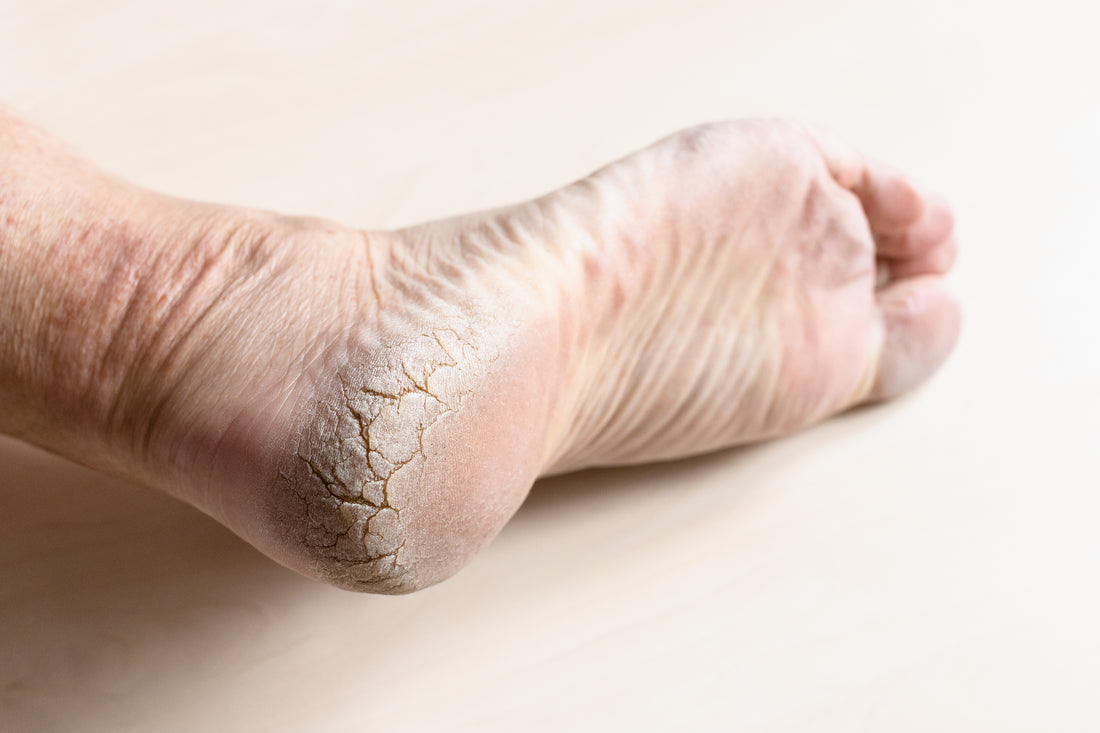
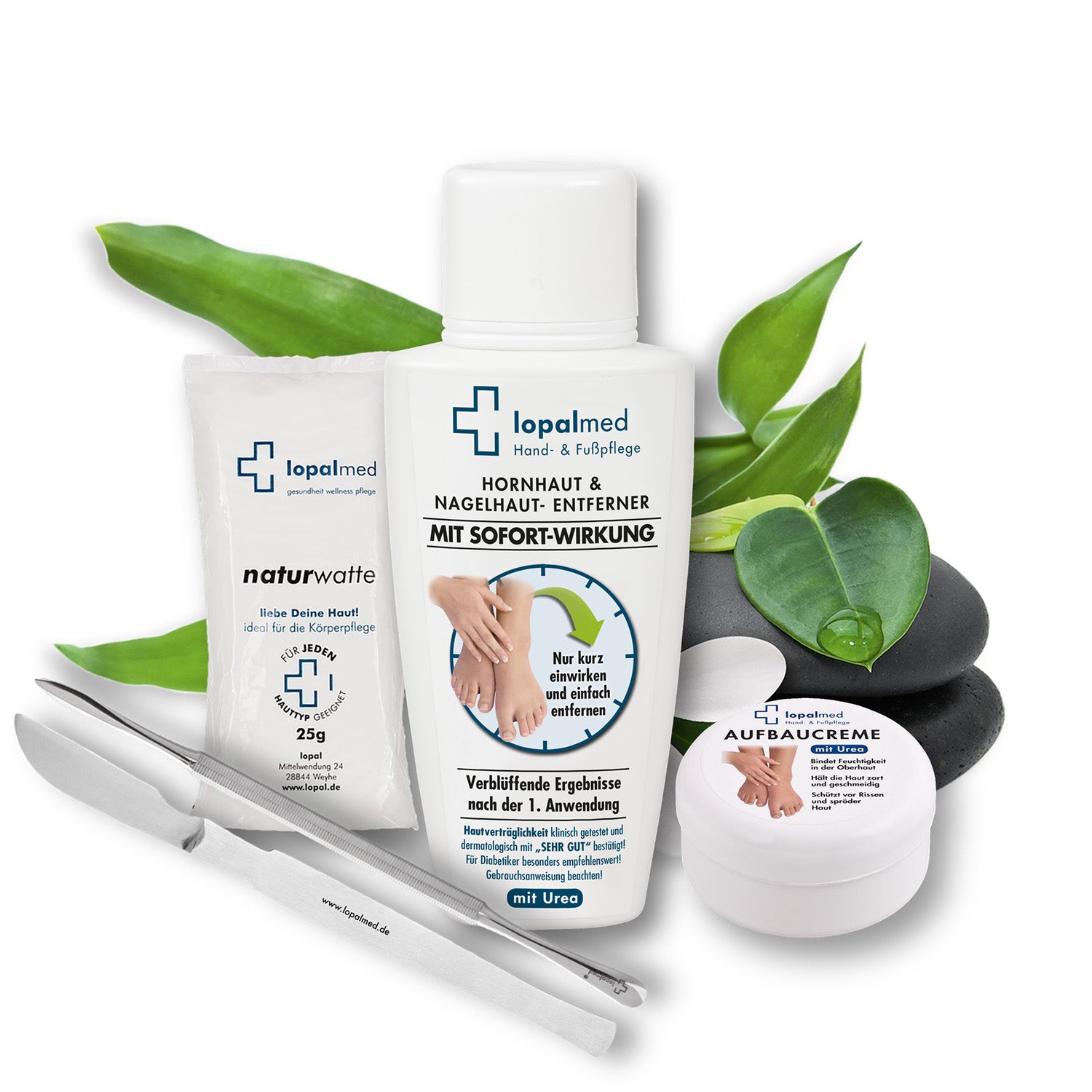
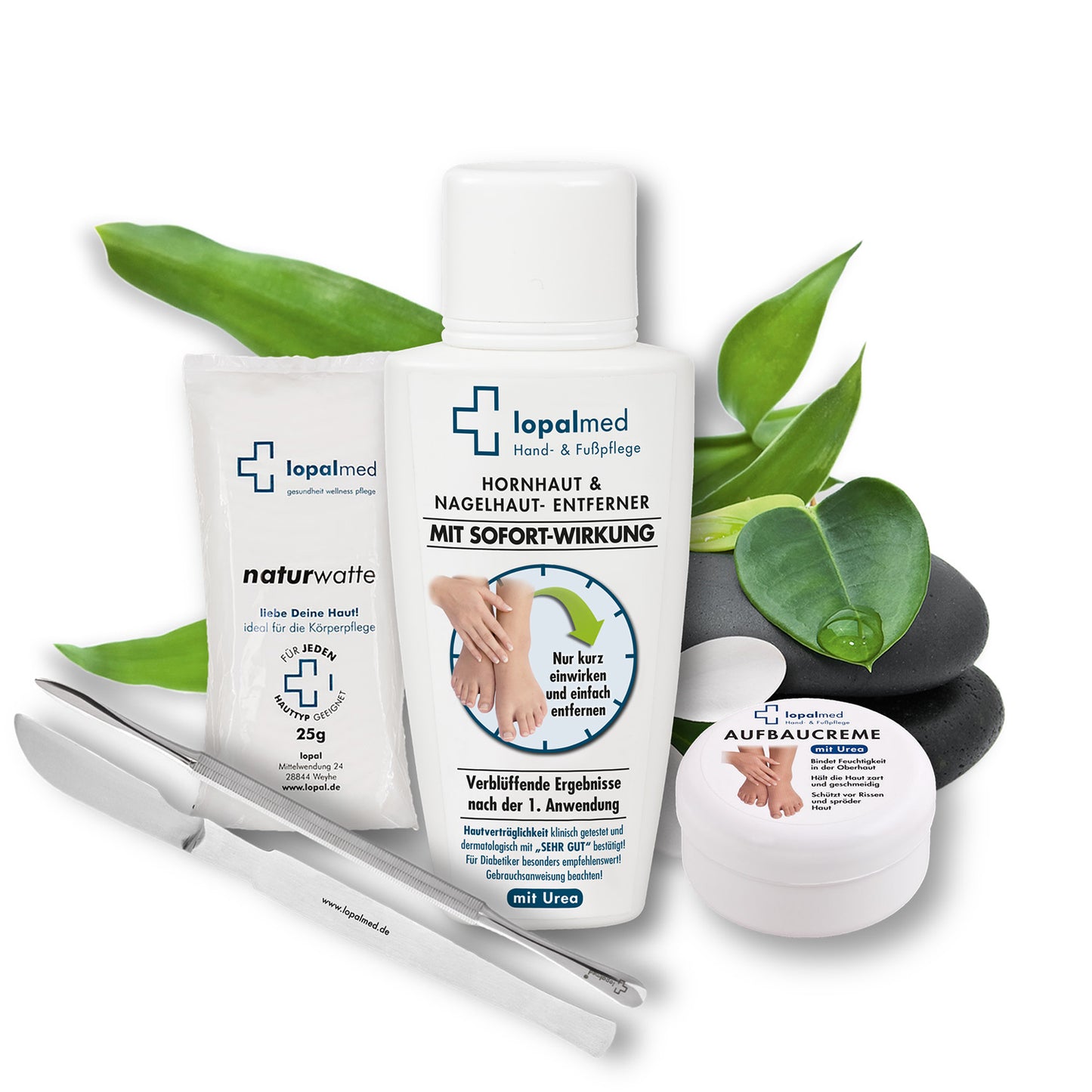

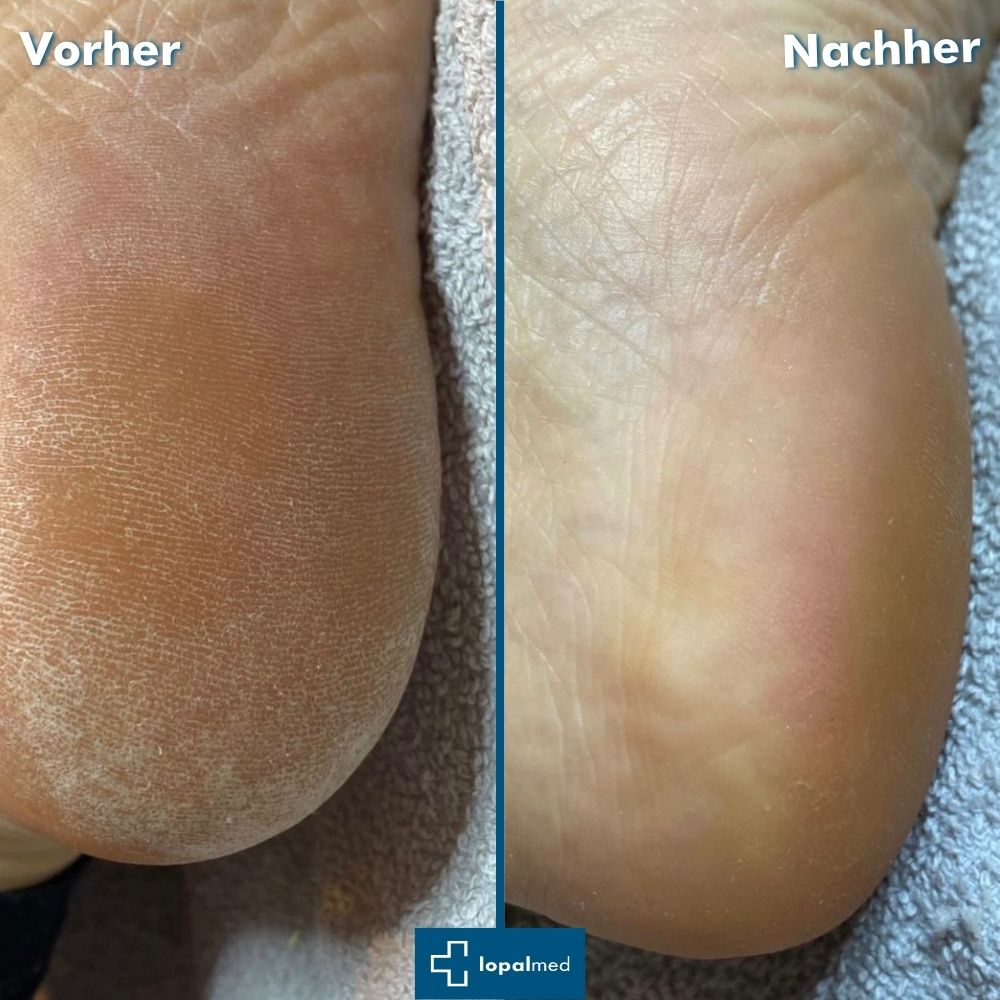
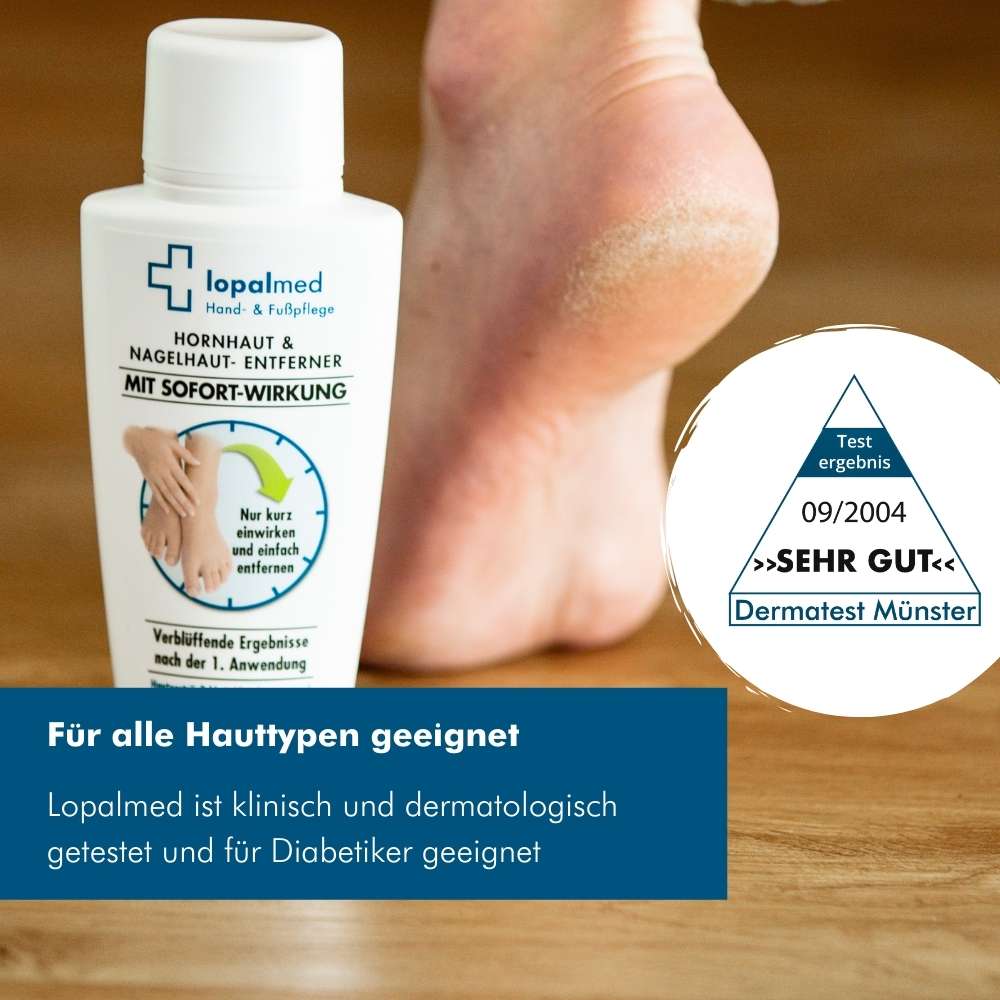
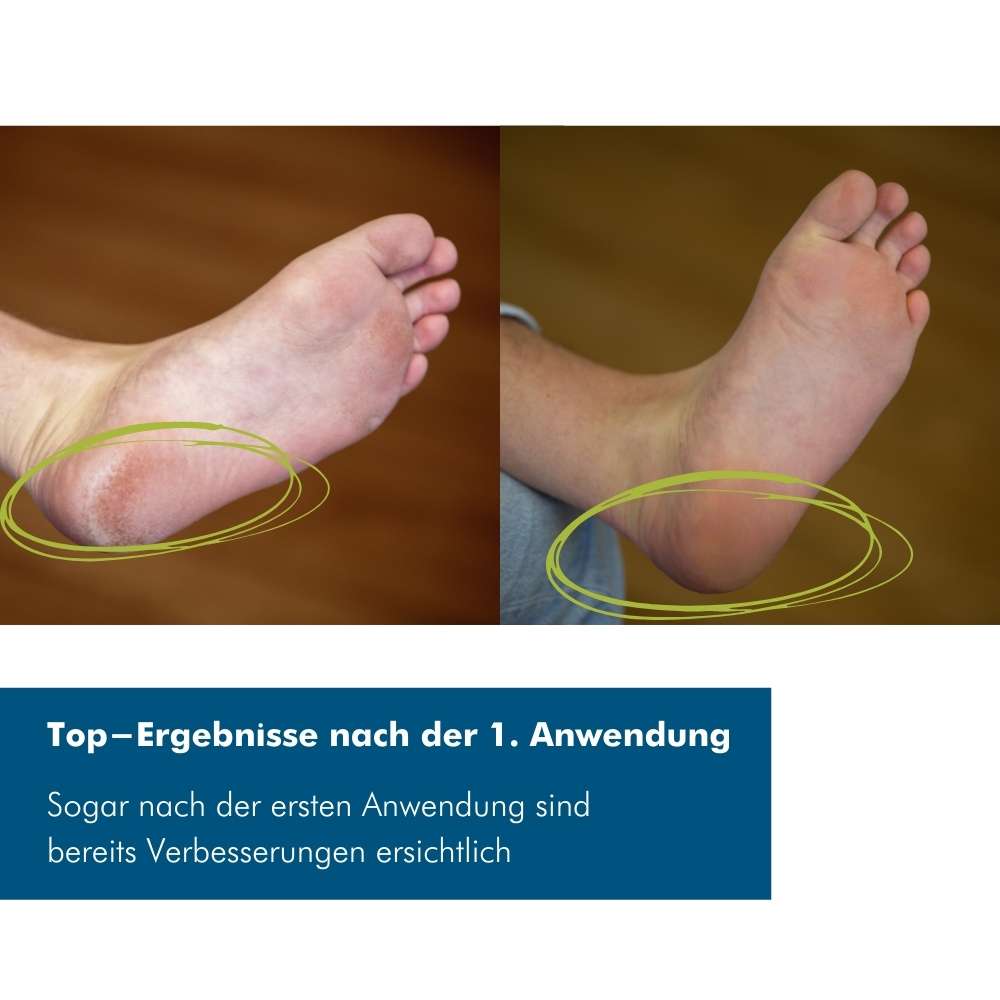
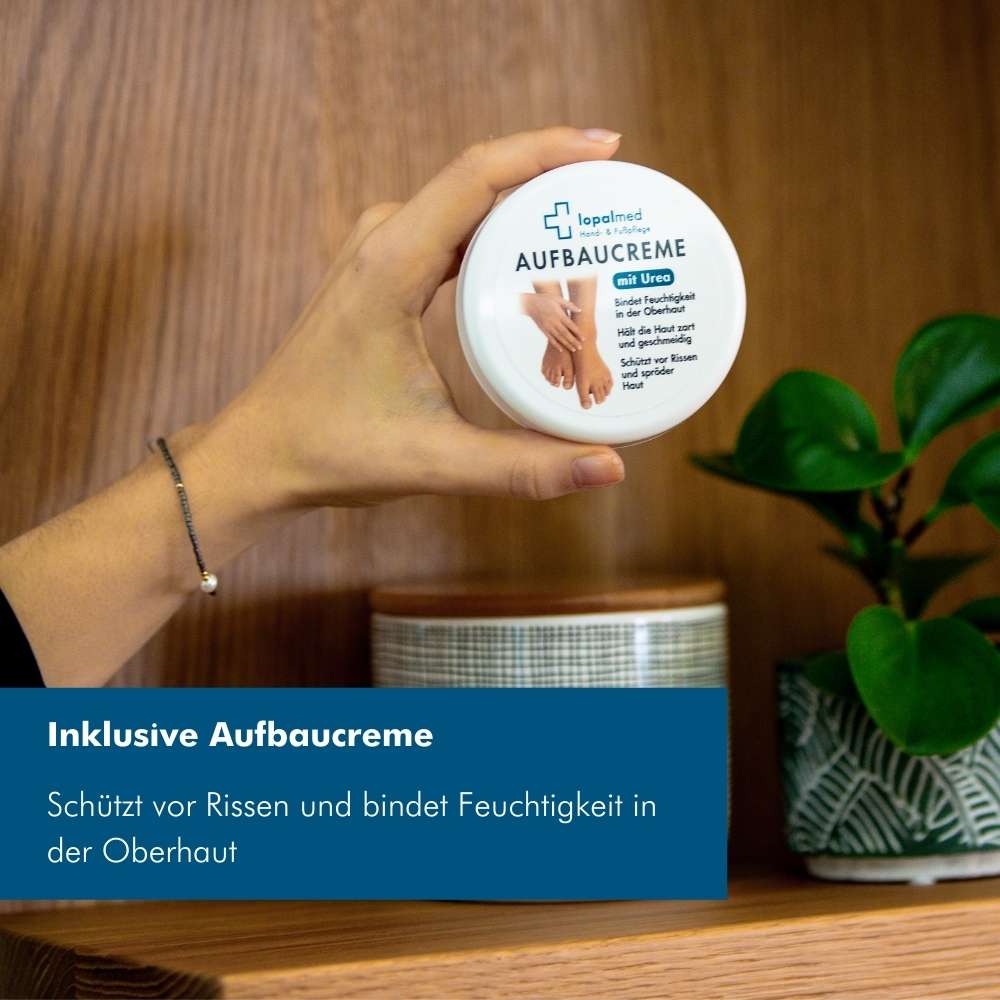
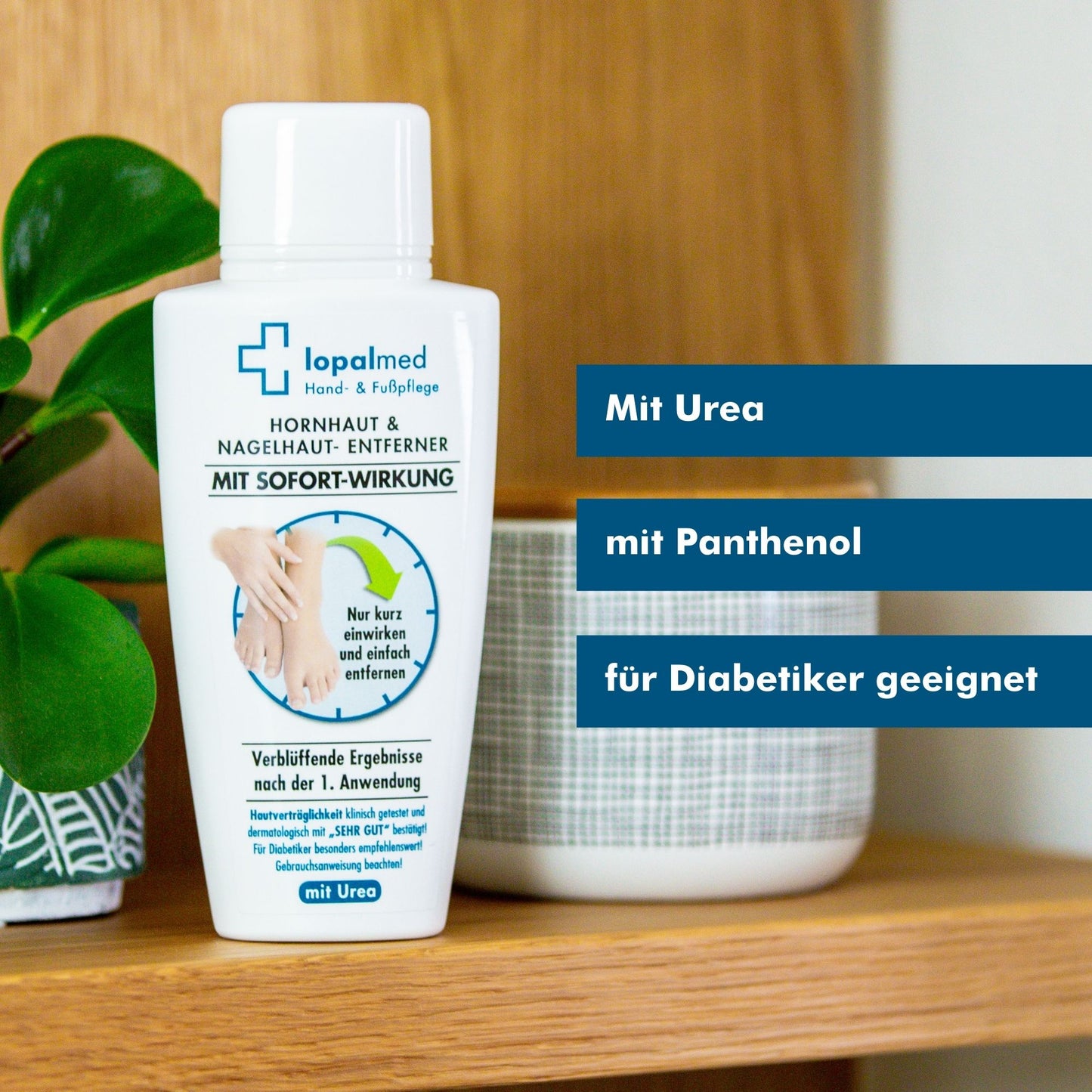







1 comment
Ich verwende seit einiger Zeit Ihr Produkt. Und ja, es funktioniert. Wenn man aber solche Fersen hat, wie auf Ihrem Bild befindet man sich auf verlorenem Posten. Da bräuchte es 10 Sitzungen um das in den Griff zu kriegen. Viel zu aufwändig. Wenn man genau nach Beschreibung vorgeht löst sich eine zarte Schickt, da spreche ich nicht mal von richtiger Hornhaut. Es ist auch ein wenig mühsam mit der Watte, auch dass sie an bestimmten Stellen hält. Im Großen und Ganzen nicht schlecht, mir wärs lieber, wenn es mehr Wirkung gäbe.